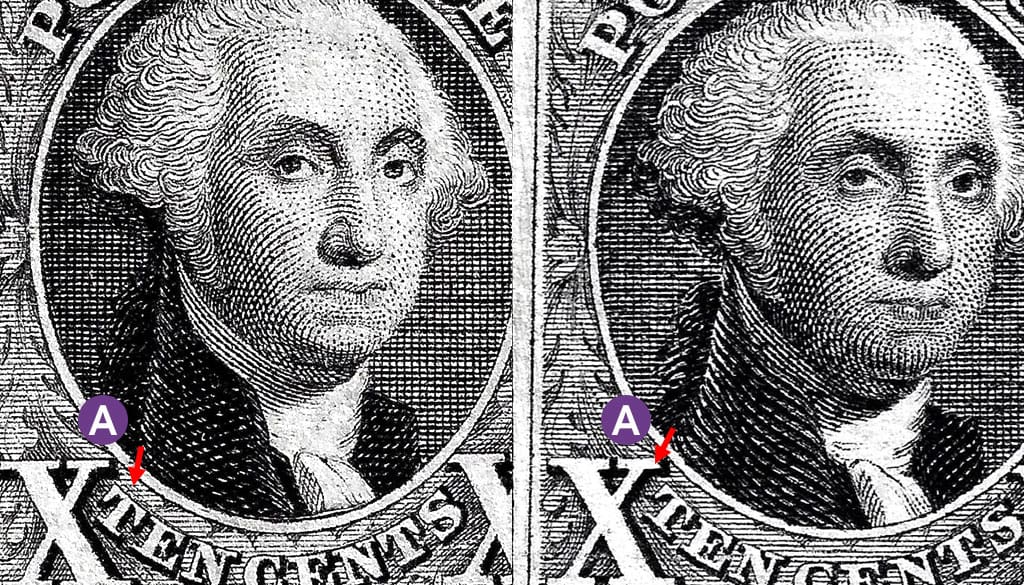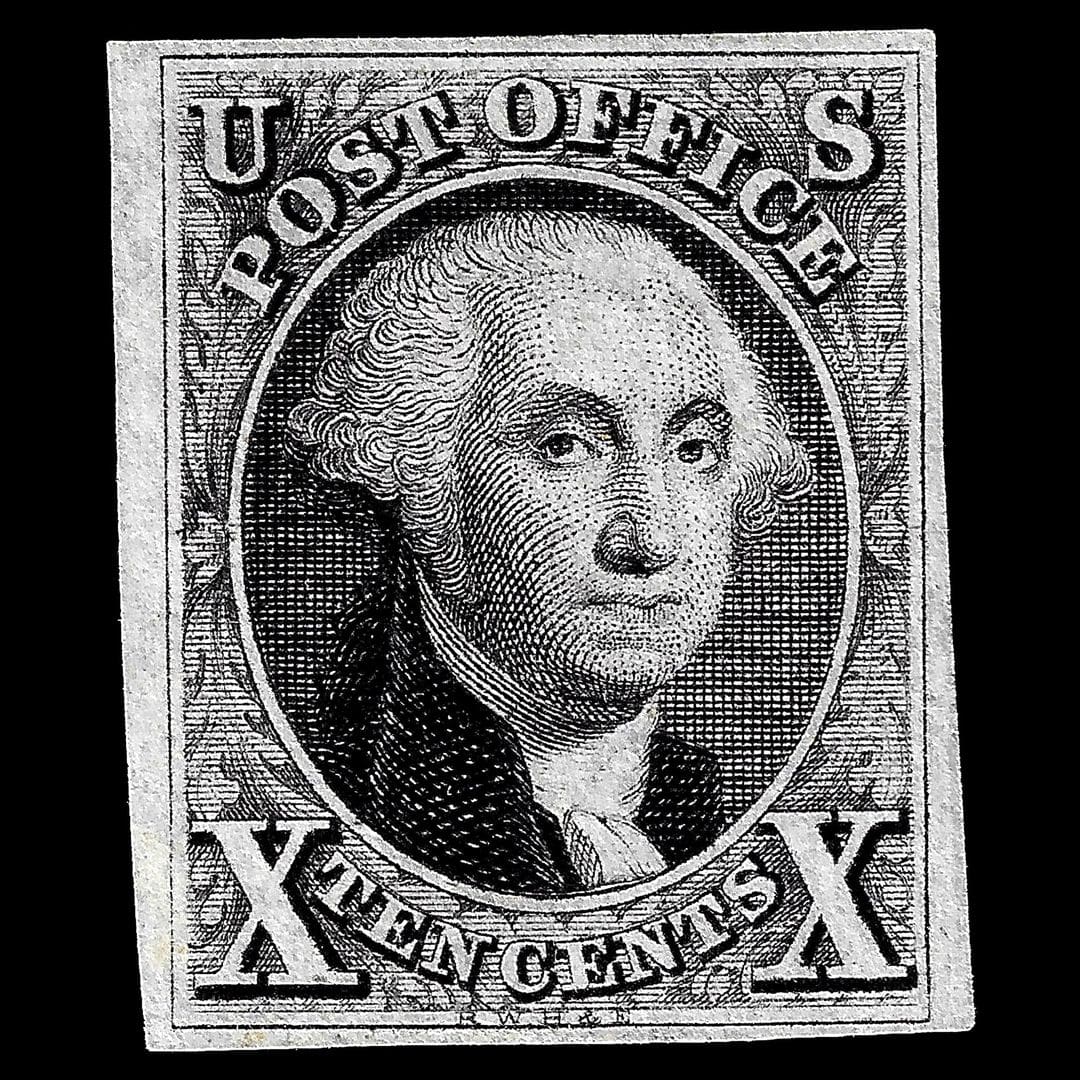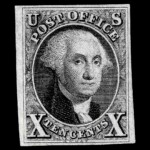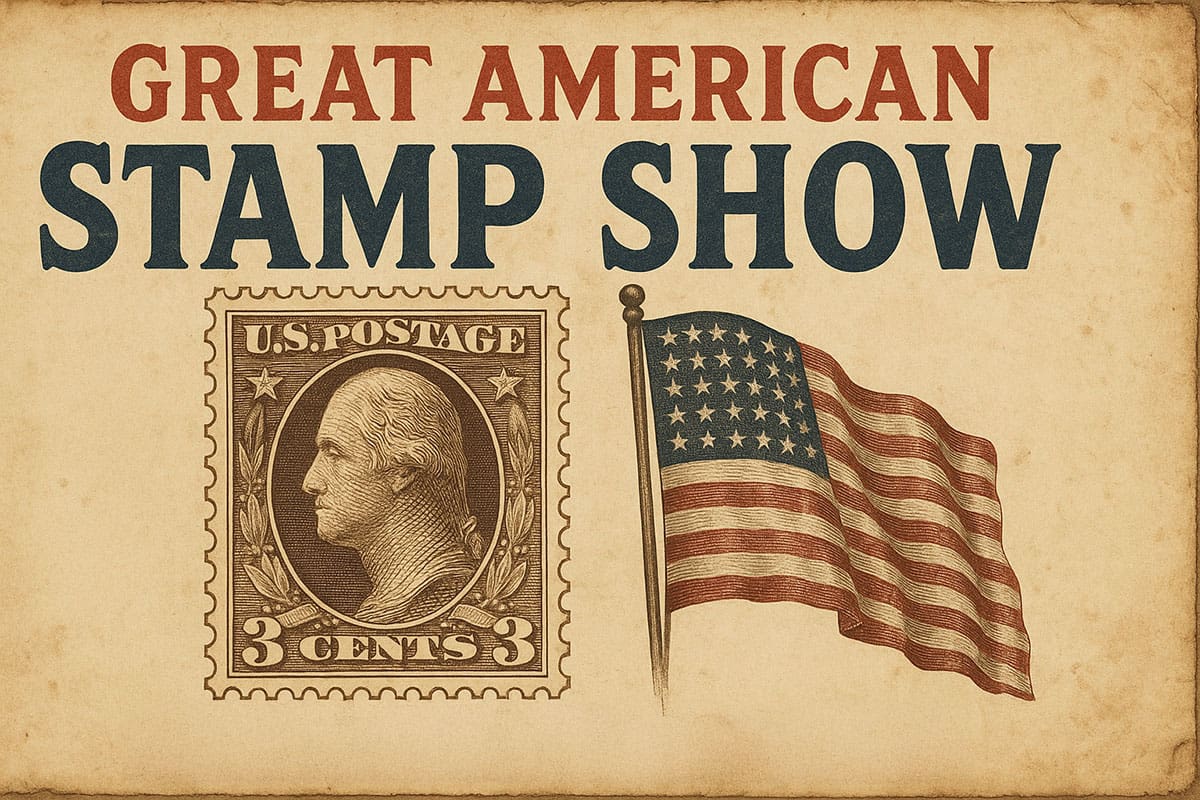United States stamp Scott #2, issued concurrently with the Scott #1 in 1847, represents a significant chapter in the history of American postal services. This stamp, featuring a 10-cent denomination, was integral to the evolving postal system of the mid-19th century.
Design & Print
The Scott #2 stamp features a portrait of George Washington, a deliberate choice that reflected the country’s reverence for its first President and the desire to associate national identity with its emerging postal system. The selection of Washington, a universally recognized figure, for the higher-denomination stamp, underscored its importance for longer-distance communication.
This stamp was produced by Rawdon, Wright, Hatch & Edson, the same New York-based firm responsible for printing Scott #1. At the time of its issuance, the United States was expanding westward, and this stamp facilitated communication over these longer distances.
The quantity produced of Scott #2 was less than that of Scott #1, reflective of the lesser demand for the higher denomination required for more extended postal routes or heavier letters. This production decision aligned with the postal requirements and the communication needs of the period.
Postal Usage
Scott #2’s introduction was part of a broader overhaul of the American postal system. The standardization of postal rates, with fixed denominations represented by Scott #1 and Scott #2, marked a departure from the variable rates based on distance and weight. The 10-cent stamp was essential for mailing letters that either exceeded the half-ounce weight limit or were destined for locations beyond 300 miles, which included burgeoning settlements in the western territories.
The use of adhesive postage stamps like Scott #2 simplified the mail processing procedures. Prior to these stamps, postal clerks would manually write postage details on letters, a labor-intensive and error-prone method. The introduction of these stamps streamlined this process and facilitated a more efficient postal service.
Identification
The stamp features a detailed engraving of George Washington, characteristic of the printing techniques of that era. The ink color of Scott #2 is black.
Scott #2 vs Scott #4
Distinguishing a Scott #2 from the reproduction issued in 1875 (Scott #4) can be made by examining the slight differences in the design. Although the designs look the same at first glance, these distinctions become easily recognized to the trained eye.

A. The bottom of Washington’s coat collar points down to the “T” in “TEN” on Scott #2, whereas it slightly angles off to the left – pointing to the numeral “X” on Scott #4.
Scott #2 was a symbol of a nation in expansion, facilitating communication across increasingly vast distances. The stamp embodies a pivotal point in the evolution of the American postal system and reflects the historical context of the United States during a period of significant growth and change.



















Ask A Question Or Leave A Comment